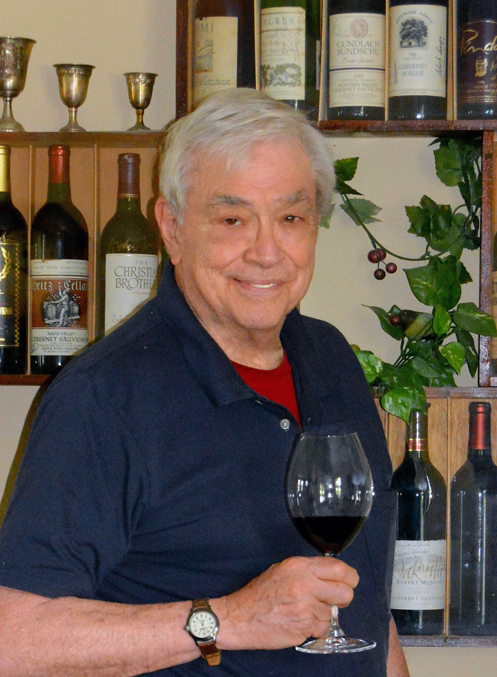Humans are a naturally curious breed and are always exploring something, be it outer space or the bottom of the sea. We leave those explorations to the scientists, but what is there left for the everyday, average person to explore? One popular field of exploration is collecting things. If we may get just a bit philosophical, we believe, that collecting anything is more for the thrill of the quest rather than a desire to own. The wine world is the same, what is the sense of collecting wines just for the sake of collecting? A friend of ours, who was in the wine business, cautioned us “don’t worship wines, drink them.”
Among the really great joys of wine are all of the types, vintages, and producers that are readily available to be tried. Wine is the only agricultural product that we know of where the year and the variety and the vineyards location become a vital factor. You really don’t know or even care where the peas in a can of peas come from, where they were grown, or who grew them.
Discovering the different nuance each nation, district, or producers wine displays is part of the wine experience. Just as an example, there is a place in France called the Golden Slope where the finest Burgundies are made. On that slope there are four vineyards in two blocks one above the other that are separated by another vineyard. The vineyards to the left and the right of the separator produce wines that are among the most prized and expensive in all of Burgundy while the vineyard that separates them produces uninteresting, mediocre wines. What all of this is getting to is to illustrate that there is a world of wines to be discovered.
Have you ever had a wine from Portugal? The first wine that comes to mind when Portugal is mentioned is the elegant after dinner drink we call Port. There are other wines from Portugal that go almost unnoticed; the everyday drinking fare of the Portuguese people. We recently had an opportunity to reacquaint ourselves with some of those everyday wines and were quite surprised at their quality and finesse.
2010 Agricultura ($11.99). This is a dark red wine made from indigenous grapes and displays a huge red berry aroma, backed up by tropical herbs. These aromas carry over to the flavor where they are amplified by a solid, but not objectionable, acid background. Contrary to most red wines, the producers recommend that it be served slightly chilled. Take a walk on the wild side and try something different like the 2010 Agricultura, the journey into the undiscovered will prove to be more than well worth it.
2011 Duas Castas ($14). This white wine is made from the familiar Savignon Blanc and a local indigenous variety Viosinho. The Savignon Blanc adds a melon and grassy aroma while the Viosinho contributes a strong orange blossom aroma backed up by a noticeable amount of plum. The flavor stresses a creamy citrus, which carries over to the finish where it hangs around for a long time. Don’t set this wine aside as being familiar because of the Savignon Blanc as its partner adds a new countenance to that familiar face.
2009 Esporao ($22). This is also a blend of two familiar varieties and two indigenous. Cabernet Savignon and Alicante has a long history in California and has been paired with the very Portuguese Aragones and Tincadeira. This is an outstanding wine that displays an almost obscene aroma of red berries coupled with spice and oak. The flavor stresses an enticing cherry-berry backed up by more spice and oak. The finish is long and is impressive with its display of every imaginable red fruit. This wine is a great accompaniment to the heavier cuts of meat that are served with full flavored gravies. While this wine is ready to drink right now, we believe that with a few years of aging, it will become a masterpiece.
 High Vacuum Engineer: Senior Technical Adviser and Feature Writer for Modern Photography Magazine (1967-1973), co-founder of Together Vineyards, an experimental vineyard in South Florida which was the southern most registered vineyard in the Continental United States. Co-Author of several books on Home Wine Making, Home Beer Making and Distillation of Spirits. Co-owner of Camera & Video Repair Institute in Sunrise Florida.
High Vacuum Engineer: Senior Technical Adviser and Feature Writer for Modern Photography Magazine (1967-1973), co-founder of Together Vineyards, an experimental vineyard in South Florida which was the southern most registered vineyard in the Continental United States. Co-Author of several books on Home Wine Making, Home Beer Making and Distillation of Spirits. Co-owner of Camera & Video Repair Institute in Sunrise Florida.